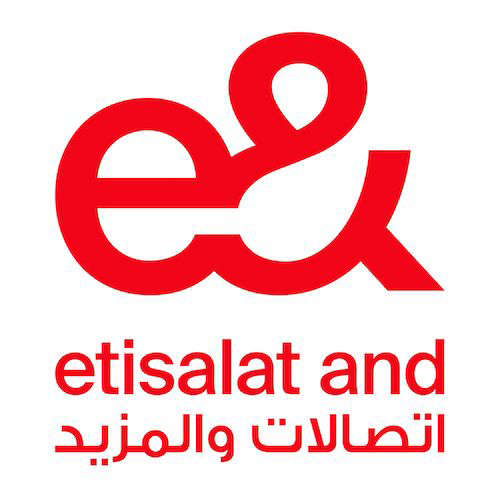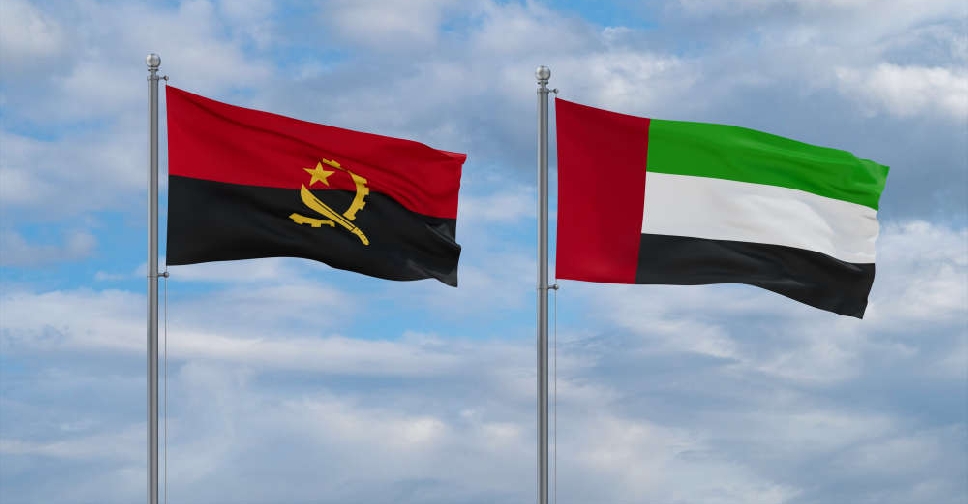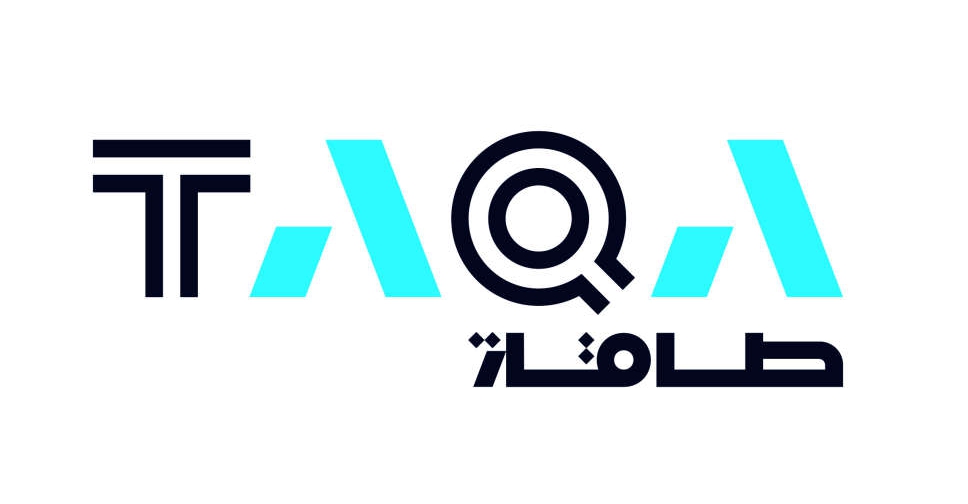
Indian exporters are bracing for disruptions after a US Homeland Security notification confirmed Washington would impose an additional 25 per cent tariff on all Indian-origin goods from Wednesday, ramping up trade pressure on the Asian nation.
Indian exports will face US duties of up to 50 per cent - among the highest imposed by Washington - after President Donald Trump announced extra tariffs as punishment for New Delhi's increased purchases of Russian oil earlier in August.
The new duties will apply to goods entering the US for consumption or withdrawn from warehouses for consumption from 12:01 am EDT on Wednesday or 9:31 am IST, according to the Homeland Security notice.
The Indian rupee weakened 0.2 per cent to 87.75 per US dollar in early trade, even as the greenback declined against many other currencies.
India's Commerce Ministry did not immediately respond to an email seeking comment on the latest notification.
"The government has no hope for any immediate relief or delay in US tariffs," said a Commerce Ministry official, who spoke on condition of anonymity because they were not authorised to speak to media.
Exporters hit by tariffs would be provided financial assistance and encouraged to diversify to alternative markets including China, Latin America and the Middle East, the official added. "The government has identified nearly 50 countries for increasing Indian exports, particularly of textiles, food processed items, leather goods, marine products."
Indian Prime Minister Narendra Modi has vowed not to compromise the interests of the country's farmers even if there is a heavy price to pay. Modi is also taking steps to improve ties with China with his first visit in seven years planned for the end of the month.
EXPORTERS SEEK AID
Exporter groups estimate hikes could affect nearly 55 per cent of India's $87 billion in merchandise exports to the US, while benefiting competitors such as Vietnam, Bangladesh and China.
"The US customers have already stopped new orders. With these additional tariffs, the exports could come down by 20-30 per cent from September onward," said Pankaj Chadha, president, Engineering Exports Promotion Council. He added that the government has promised financial aid including increased subsidies on bank loans and support for diversification in the event of financial losses.
"However, the exporters see limited scope for diversifying to other markets or selling in the domestic market," he said.
Private sector analysts warn that a sustained 50 per cent tariff could weigh on India's economy and corporate profits - prompting the steepest earnings downgrades in Asia - even if proposed domestic tax cuts partly cushion the blow.
Capital Economics said last week that if full US tariffs come into force, the hit to India's economic growth would be 0.8 percentage points both this year and next.
Foreign Minister S. Jaishankar said last week trade talks are ongoing and that Washington's concern over Russian oil purchases was not equally applied to other major buyers such as China and the European Union.
There is no directive from the government so far regarding oil purchases from Russia. Companies will continue to buy oil on the basis of economics, three refining sources said.



 ADGM penalises firm, directors for repeated reporting lapses
ADGM penalises firm, directors for repeated reporting lapses
 Drydocks World wins contract for world's largest floating LNG facility
Drydocks World wins contract for world's largest floating LNG facility
 UAE, Angola sign major trade deal
UAE, Angola sign major trade deal
 Abu Dhabi's TAQA acquires Spanish water company GS Inima for $1.2 billion
Abu Dhabi's TAQA acquires Spanish water company GS Inima for $1.2 billion
 Dubai attracts more than 2,400 content creators in 6 months
Dubai attracts more than 2,400 content creators in 6 months







